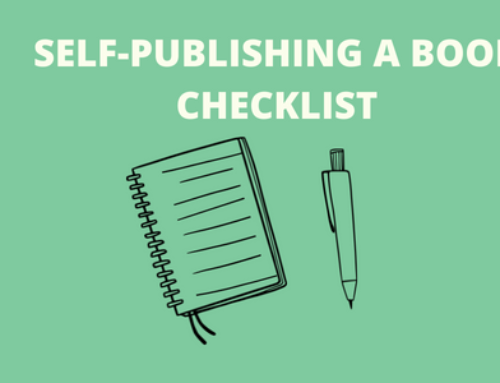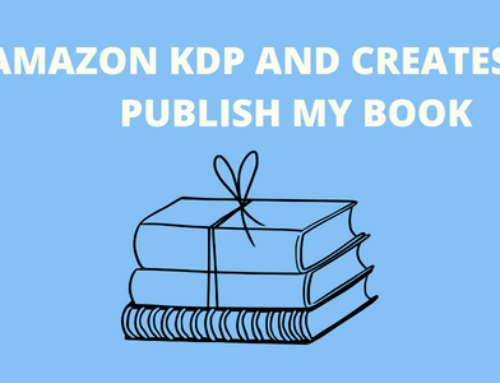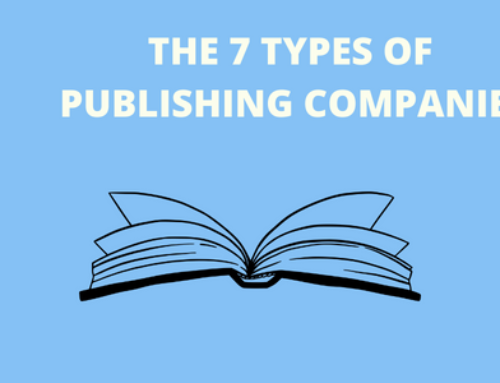Print on Demand
If you’d rather sell more books online than in bookstores, or if you want to have more control over the printing and distribution process, you might want to consider print on demand (POD). With POD, your book is only printed when someone orders it, which means there’s no need to maintain inventory or worry about storage.
What’s Print on Demand?
Print on demand (POD) is a printing technology that allows you to print books one at a time, as they are ordered. This means there’s no need to print a large number of copies upfront, and you only pay for the books that are sold. This differs from the traditional printing process, which involves printing large quantities of documents all at once.
Print on demand isn’t just for books. You can use it to print your own designs on anything you want—mugs, tote bags, clothing, bedding, etc. The POD printing company you choose handles everything, from the order to printing to shipping.
In the past, authors who wanted to self-publish their work had to front the costs for a large print run of their book, which could be hundreds or even thousands of dollars, and this often resulted in stacks of unsold copies taking up valuable space in their homes. But thanks to print on demand (POD) technology, that’s no longer the case. With POD, authors can now order smaller print runs (or even just one copy!) of their books as needed. This means that there are no inventory issues and no risk of being stuck with unsold copies. Plus, POD books are usually cheaper to produce than traditional print books, so authors can save money while still getting their work out there.
If you are invited to a speaking event, you can print off 50 to 100 books and ship them straight the the event host in time for the event. Similarly, if you are doing a local book signing, you can order 20 or so at a low cost of $2.50 to $5 per book and then sell them at retail price.

How Does POD Work?
Print on demand works by sending your book’s files to a print on demand company that will then print and bind your book on an as-needed basis. It works by digitally storing the files for a book—including the text, images, and layout—on a computer. When an order for the book is placed, those files are retrieved and used to print and bind a copy of the book, which is then shipped to the customer.
One of the main benefits of POD is that it allows authors to get their work into the hands of readers much faster than traditional methods.
In some cases, a book can go from being ordered on an online store or on your own website to being delivered in as little as 48 hours.
And because there’s no need to print dozens or even hundreds of copies at once, authors can make small changes or corrections to their book without incurring additional costs.
Digital printing beats traditional printing methods in so many ways.
The quality of POD books has improved drastically in recent years, and many customers cannot tell the difference between a POD book and a traditionally printed book. However, there are some important things to keep in mind when choosing a POD printer. Make sure to ask about the quality of the paper and ink, as well as the type of binding, that will be used for your book.
What Are the Benefits of POD?
There are many benefits to using POD technology, both for authors and for readers.
- For authors, POD allows them to get their work into the hands of readers without having to worry about unsold inventory. The print on demand company takes care of order fulfillment, cost-effective shipping, and customer support too. POD also gives authors more control over the production process and can lead to lower production costs.
- For readers, POD books are usually cheaper than traditional print books, so they can save money while still getting access to new and exciting titles. Plus, with POD technology, there is no need to wait for a book to be shipped from a warehouse; it can be printed and shipped directly from the printer to the reader’s door.

The Best Print on Demand Companies
There are a number of POD services available, each with its own set of features and costs. The two best-known ones are Amazon KDP and Lulu. Both let you set up a book in any regular size and then you can direct customers to the site for orders.
Be sure to compare several different options before making a decision.
How Much Do Authors Make with Print on Demand?
The amount of money authors make with POD depends on several factors, including the cost of production, the price they set for their book, and any royalties they may receive. In general, authors can expect to make between 35-70% of the retail price of their book in royalties.
POD is a major game-changer for self-publishing authors. It’s more efficient and cost-effective than traditional methods. The bottom line is that print on demand is a versatile and convenient printing technology that can be beneficial for both authors and readers.
If you’re an author looking to self-publish your book, definitely consider using a POD printer. And if you’re a reader who enjoys supporting independent authors, know that purchasing a POD book is a great way to do so.




